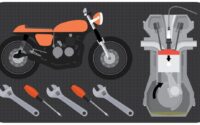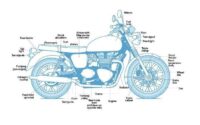A Brief History of Cafe Racer Motorcycles
Ca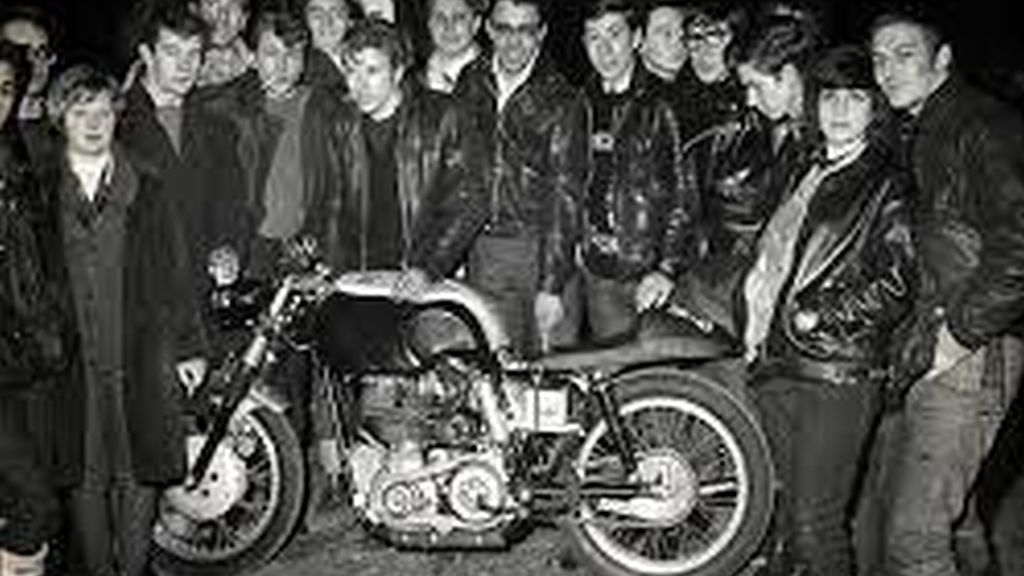 fe racer motorcycles hold a special place in the hearts of motorcycle enthusiasts worldwide. Known for their sleek design, stripped-down aesthetics, and impressive speed, cafe racers have become an iconic subculture within the motorcycle community. In this article, we’ll take a journey through time and explore the fascinating history of cafe racer motorcycles, tracing their origins, evolution, and enduring appeal. So, fasten your helmets and join us on this exhilarating ride!
fe racer motorcycles hold a special place in the hearts of motorcycle enthusiasts worldwide. Known for their sleek design, stripped-down aesthetics, and impressive speed, cafe racers have become an iconic subculture within the motorcycle community. In this article, we’ll take a journey through time and explore the fascinating history of cafe racer motorcycles, tracing their origins, evolution, and enduring appeal. So, fasten your helmets and join us on this exhilarating ride!
Origins and Roots of the Cafe Racer Culture
The cafe racer culture emerged in the 1950s and 1960s in the United Kingdom. It found its beginnings in the vibrant streets of London, where young motorcyclists frequented the “cafe” establishments. These riders were passionate about speed and sought to modify their motorcycles to achieve higher performance. Triumph, Norton, and BSA were some of the popular brands that became synonymous with cafe racers during this time.
Customization and Design Principles
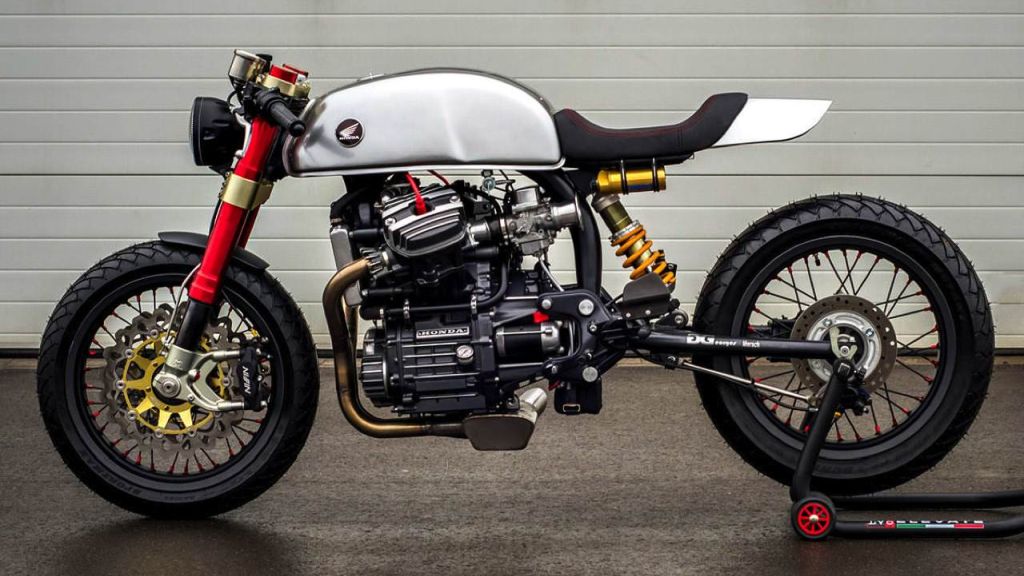
One of the defining characteristics of cafe racer motorcycles is their customized design. To enhance speed and maneuverability, riders made modifications such as installing low handlebars, rear-set footrests, and a single-seat configuration. The bikes were stripped of unnecessary components, making them lighter and more agile. The emphasis was on creating a machine that was not only fast but also visually appealing.
Racing and the Rocker Subculture
Cafe racers gained popularity through street racing, as riders engaged in informal competitions on public roads between cafes. These races were known as “ton-up” races, with the aim of reaching speeds of 100 miles per hour (160 kilometers per hour) or more. The participants of these races were often referred to as “rockers” due to their distinctive leather jackets and rebellious attitudes.
Evolution and Influence on Motorcycle Culture
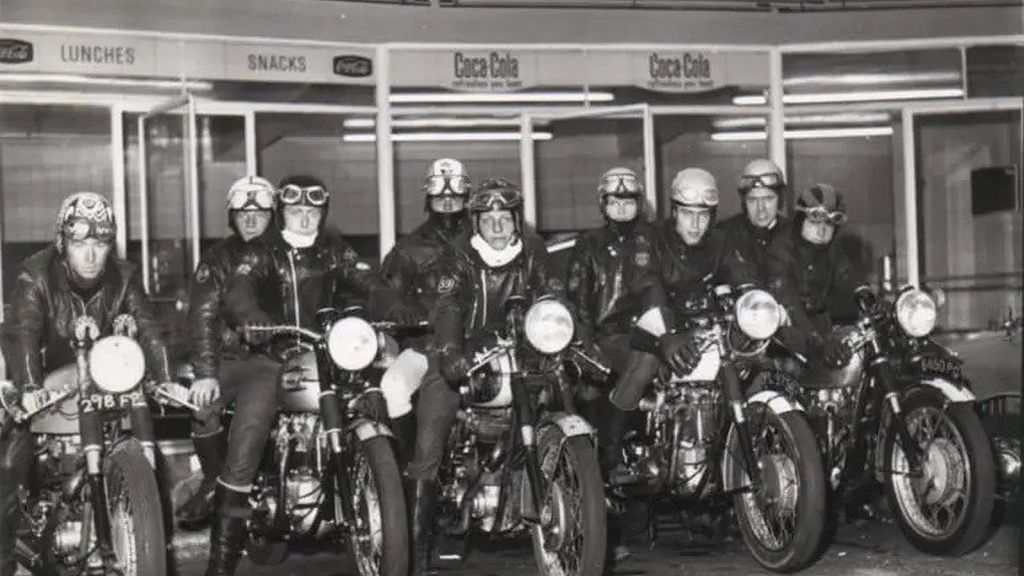
In the 1960s, cafe racers started to influence motorcycle culture beyond the borders of the UK. Their popularity spread to other parts of Europe and eventually made their way to the United States. Iconic models like the Honda CB750 and Yamaha XS650 became popular choices for customization, leading to the emergence of a vibrant cafe racer scene across the globe.
Resurgence and Modern Cafe Racers
After a decline in popularity during the 1970s and 1980s, the cafe racer culture experienced a resurgence in the late 20th century. The vintage appeal and timeless aesthetics of cafe racers captivated a new generation of motorcycle enthusiasts. Today, modern cafe racers blend classic design principles with modern technology, offering a perfect balance between style and performance.
The Cafe Racer Lifestyle
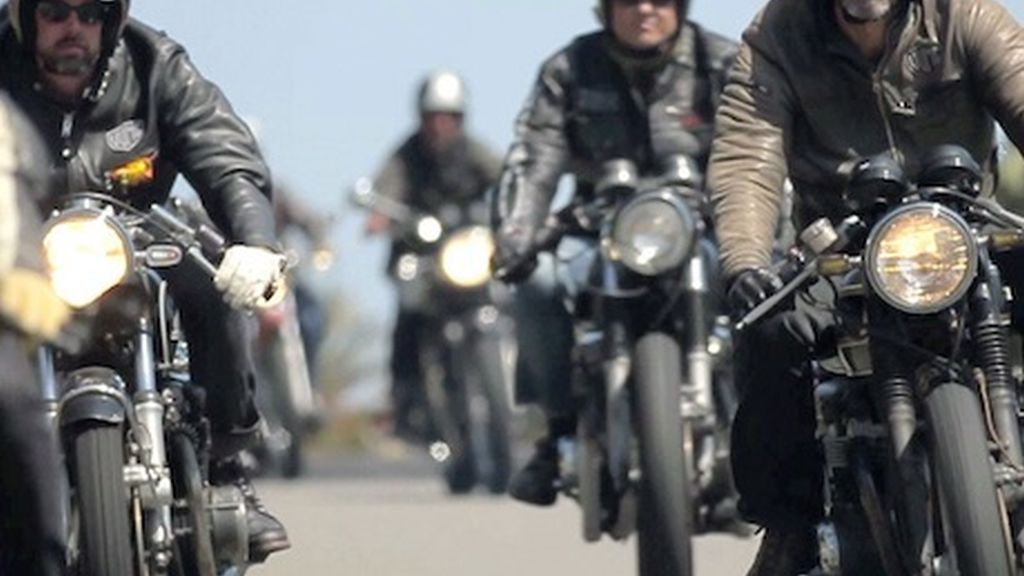
Cafe racer motorcycles have become more than just machines; they represent a lifestyle. The cafe racer culture fosters a sense of camaraderie and community among riders, with events like bike shows, meet-ups, and group rides. Enthusiasts take pride in their bikes and the craftsmanship involved in their customization. The cafe racer spirit embodies freedom, individuality, and a passion for the open road.
The rich history of cafe racer motorcycles is a testament to their enduring allure. From their humble beginnings on the streets of London to their global impact on motorcycle culture, cafe racers have left an indelible mark on the world of two-wheeled machines. With their timeless design and a culture that celebrates speed, craftsmanship, and camaraderie, cafe racer motorcycles continue to inspire and captivate riders around the world. As long as there are open roads and riders seeking adventure, the legacy of cafe racers will ride on, embodying the spirit of freedom and the pursuit of thrilling journeys.
